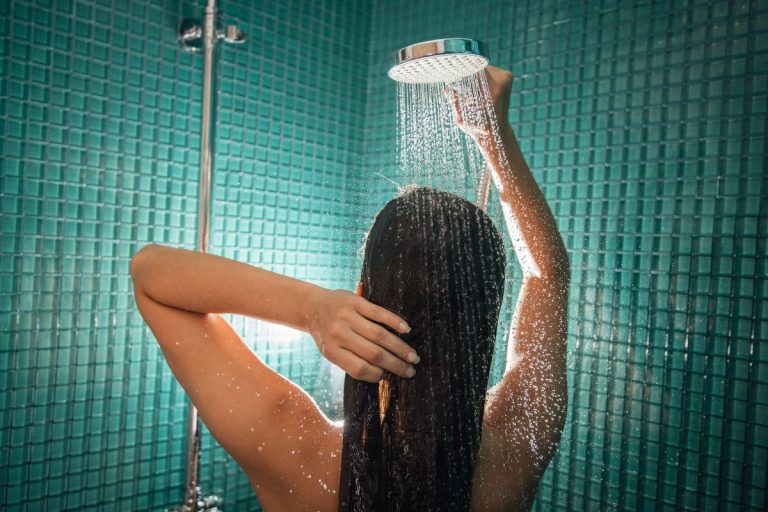Pillows are arguably the most polarizing piece of sleep gear. Emphasizing this point is the large variance in pillow tastes among individuals and the matching abundance of options available on the market.
Some folks prefer a lofty pillow like the Layla; others would instead opt for a relatively flatter option like the one from nectar. Others still can find no satisfaction with regular pillows and need specialty cervical pillows to achieve any semblance of comfort.
However, irrespective of your specific pillow preferences; one thing we can all agree on is that most of these pads rarely maintain their form for long.
While your favorite pillow might be perfect for you at purchase, the chances are that in a few months, it will begin to feel funny. Due to the pressure your frame exerts on the pillow, the pad may flatten out or become lumpy, which can make it almost impossible to get restful sleep.
If your choice pillow is beginning to feel uncharacteristically flat, it may be time to fluff your pillow to reinvigorate it. Here’s how.
Tip:
Fluffing your pillow is critical to proper sleep hygiene, as a flat, compressed pad can lead to poor sleep from improper spinal alignment and pressure buildup around your head, neck, and spine.
How To Fluff A Pillow
The two most popular ways to fluff your pillow include fluffing them by hand or using a dryer to air out the moisture.
1. By Hand
One of the fastest ways to help your pillow regain some of its original fluffiness is to fluff it by hand.
What you are trying to accomplish with this method is to break down any chunks in the pillow’s feel to help it regain its original texture and loft. Hence, you can flex the pad in any direction you see fit to help it regain its plumpness.
So techniques you can try include:
- Grabbing the pillow with one hand on each side, then rapidly compressing and decompressing it a few times as you would when playing the accordion. Repeat this process with the other sides of the pillow.
- Kneading the pillow and throwing in some punches and smacks to help break up any lumpiness in the fill
- Beating the pillow with your hand (paddle, broom handle?) on all sides
- Hitting the pillow against a surface like a wall, chair, or the floor
After implementing any (or all) of these techniques, you should notice a significant change in the pillow’s thickness.
2. By Dryer
An even more effective method to fluff your pillow is to put it in the dryer. One major cause of pillow flatness is the accumulation of moisture during use. Hence, throwing the pillow in the dryer can help remove all of the liquid and regain most of its original fluffiness.
Warning:
Before proceeding with this method, make sure to check your pillow’s tag and other manufacturer documentation to ensure that the product is dryer safe. Specific pillows, like some containing lightweight down filling, can damage when exposed to the heat of a dryer.
The pillow’s reaction to the dry will depends on the product specifics and its fill material. Most pads will regain considerable fluffiness after one 20-minute session, while others will require a few extra runs.
You can also throw a tennis ball (wrapped inside a tube sock) into the dryer with the pillow for the best effect. The tennis ball works as an agitator (replacing your hands in the first method) that helps break clumps in the pillow’s fill for a more even fluff.
Don’t have a tennis ball? You can achieve the same effect with a clean shoe, stuffed animals, or a piece of cloth tied up in a knot.
Don’t have a dryer readily available? You can achieve a similar, albeit muted effect by placing your pillow outside in the sun for a few hours.
Notes on Fluffing a Pillow
How you should fluff a pillow and how good the results will depend heavily on the pillow’s construction.
You should stick with method one for down and other feather pillows, as a dryer may be too much for their lightweight fill. Feather pillows are some of the best pillows to fluff as many high-end brand products will regain their full plumpness after a fluffing session for several years after purchase.
Cotton-fill pillows contain a sturdier material and can easily take on a dryer’s heat without damage to the pillow’s fill. With these pillows, a 20-minute dryer session on low heat with an agitator should get the job done.
Foam pillows are largely unreactive to fluffing. Their condensed form means that you won’t get much loft regain from fluffing them. Hence, your only options when they sag may be turning the pillow over or replacing them.
With polyester pillows, you have some of the worst pads when it comes to the results from fluffing. Due to its lightness, polyester compresses easily, and you will likely only get a few practical fluffing sessions out of the pillow before it permanently stays relatively flat.
With a dead cotton or polyester pillow, your only alternatives may be to replace the cushion or to fix the pillow’s loft by adding some third-party fill from the craft store.
Read More:
- 10 Types of Pillow Stuffing: Which One Is The Best?
- Benefits and Side Effects of a Buckwheat Pillow You Need to Know
When to Replace Your Pillow?
Few things can replace the feel of a brand new pillow with the right levels of firmness and loft, and by fluffing your pillow often, you can keep this feeling going for longer. However, all good things come to an end, and eventually, you’ll have to replace your pillow.
After a few fluffing cycles, your pillow will lose some of its ability to regain loft and throw in the towel.
While the lifecycle of a pillow depends on its build quality, material type, and firmness level, on average, you can expect to change your pillows every one to two years. However, for cheap, low-quality options, the timespan could be only a handful of months.
We Recommend:
- Best Copper Pillow: No More Mold or Germs?
- 5 Best Tempur-Pedic Pillows: Really Do The Trick
- 10 Best Cervical Pillows (Traction Pillows for Neck Pain)
- 9 Best Reading Pillows: Optimal Comfort And Pressure Relief
Other Tips to Keep Your Pillow Feeling Fluff
- Rotate your pillows. Try flipping them and also changing their use case (under your head, between your legs, or as decoration) to even out the pressure buildup.
- If your pillow is washable (check with the manufacturer), then consider washing them. Washing pillows can help remove dirt, which can exacerbate compression. However, ensure you dry out your pillows properly after washing, as a damp pad will compress even more and may develop mold growth.
- Use a pillowcase that is one or two inches smaller than the insert. Doing this will ensure that your pillowcase fills out correctly and will significantly enhance your pillow’s feel and loft.
- Get a pillow protector. Pillow protectors will keep your pillow free from oils and dirt and hence, help slow down the flattening process.





